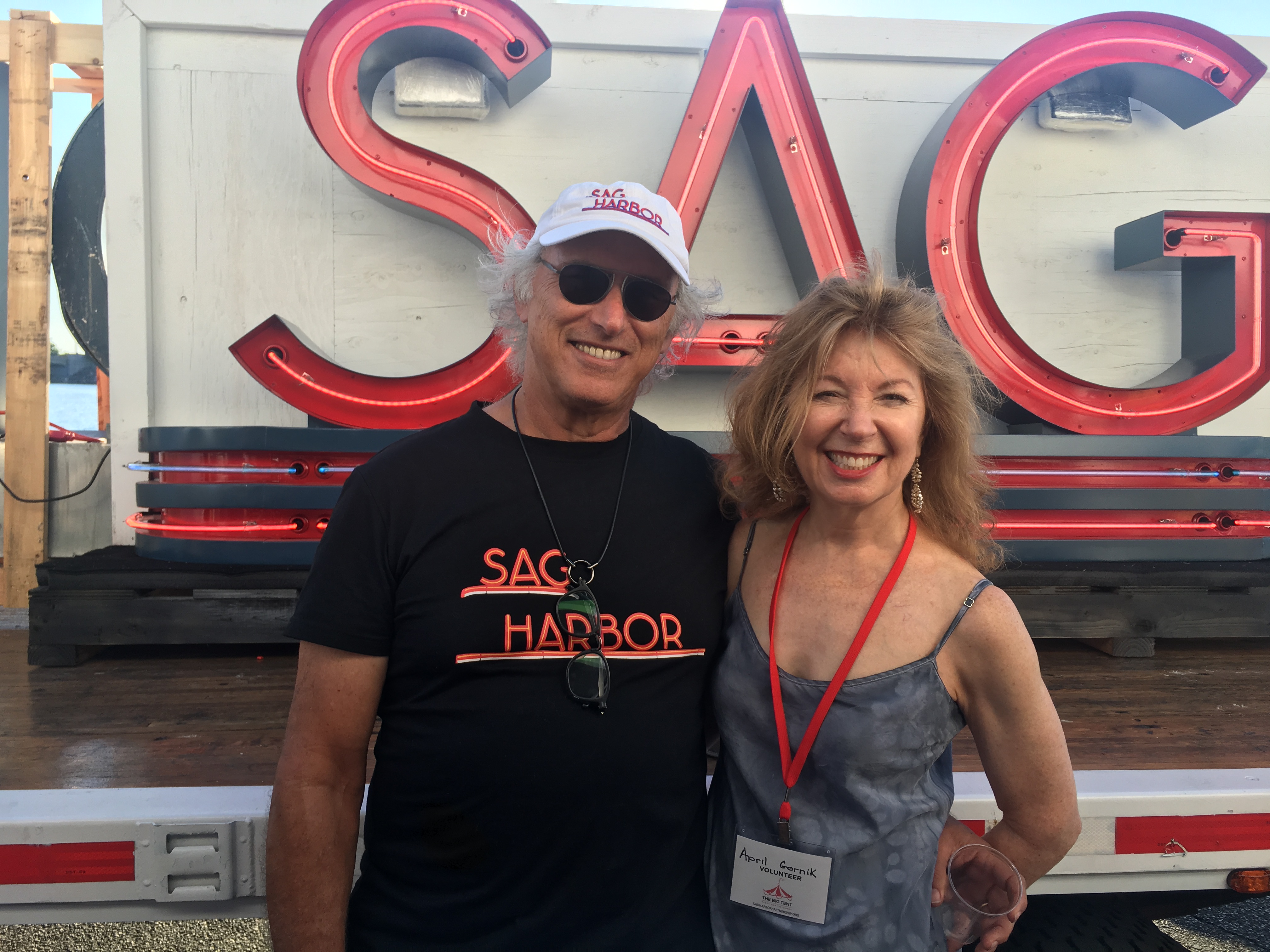
After decades of living full time in Eastern Long Island and supporting the burgeoning local art scene, the husband-and-wife artists Eric Fischl and April Gornik are kicking their philanthropic activity in the area up a few notches.
Fischl and Gornik are acquiring a historic former Methodist church in Sag Harbor, which they will turn into a center for artists and the community. They plan to offer residencies to four artists at a time, as well as public space for programs and exhibitions. (The sale of the building is scheduled to close later this month.)
While artist-led foundations have become a growing force in cultural philanthropy for more than a decade, Fischl and Gornik are part of a growing group of established artists—including Bosco Sodi, Alex Katz, and Jasper Johns—who are putting the money they’ve made from their art back into cultural initiatives while they’re still alive to see the impact.
Although the Hamptons are known as a summer destination for more elite New Yorkers, the couple hopes their new art center will serve residents year-round. “We see the church as sitting in this great network of art institutions out here,” Gornik told artnet News, including Guild Hall and the Parrish Museum.
The Sag Harbor Methodist Church under construction. Photo courtesy of ©Sag Harbor Express, 2018.
The church, built in 1835, was deconsecrated and closed in 2008. It changed hands a few times with buyers variously planning to transform it into a manufacturing plant, high-end condos, and, finally, an ultra-luxe weekend home that never made it off the drawing board.
“That’s when I got involved,” says Fischl. “Not only is it a historically significant building within the community, it’s also a magnificent space. It seems like an ideal building in which to develop creative programming, artist residencies, and an incubator kind of space and programming, including symposiums and educational initiatives.”
Fischl and Gornik have been working to establish a foundation with Art Agency Partners, a division of Sotheby’s that hired former Rauschenberg Foundation president Christy Maclear to oversee its estate and foundation advisory service. “We’re both at an age where we have to begin to think responsibly about our estate,” said Fischl.
“Yeah, we hate it,” added Gornik.
Both artists stressed that the center will not be a “hit-the-ground running” kind of endeavor but a much slower process, starting with the structure itself. Fischl says the church needs at least a year to 18 months of restoration to become a habitable space. They plan to work with architect Lee Skolnick, who has owned a home in Sag Harbor for decades and who designed the Children’s Museum of the East End in Bridgehampton.
Gornik and Fischl are also concerned about the intensifying pace of gentrification in the area. “Though the area has a long history as an arts colony, at the same time it has become prohibitively expensive for young artists,” Fischl said. They see artist residencies, including one Fischl helped establish at Guild Hall three years ago, as something of an antidote—and a way to keep young artists coming into the area.
Gornik is also part of the Sag Harbor Partnership, a group leading the effort to restore the Sag Harbor Cinema, an effort to which Fischl has donated $1 million. The partnership has acquired the movie theater and is planning to restore it into an art-house cinema.
Sag Harbor is “moving very quickly in a similar direction to the rest of the Hamptons,” says Fischl. “It’s becoming a completely upscale, second-home community and place for summer tourists. April and I, among others, have been trying to figure out ways of either slowing it down—which is probably an impossible task—or at least trying to preserve what we consider some of the authenticity of the town itself and the reasons that we were drawn here. The arts is very much a part of that.”